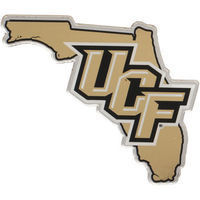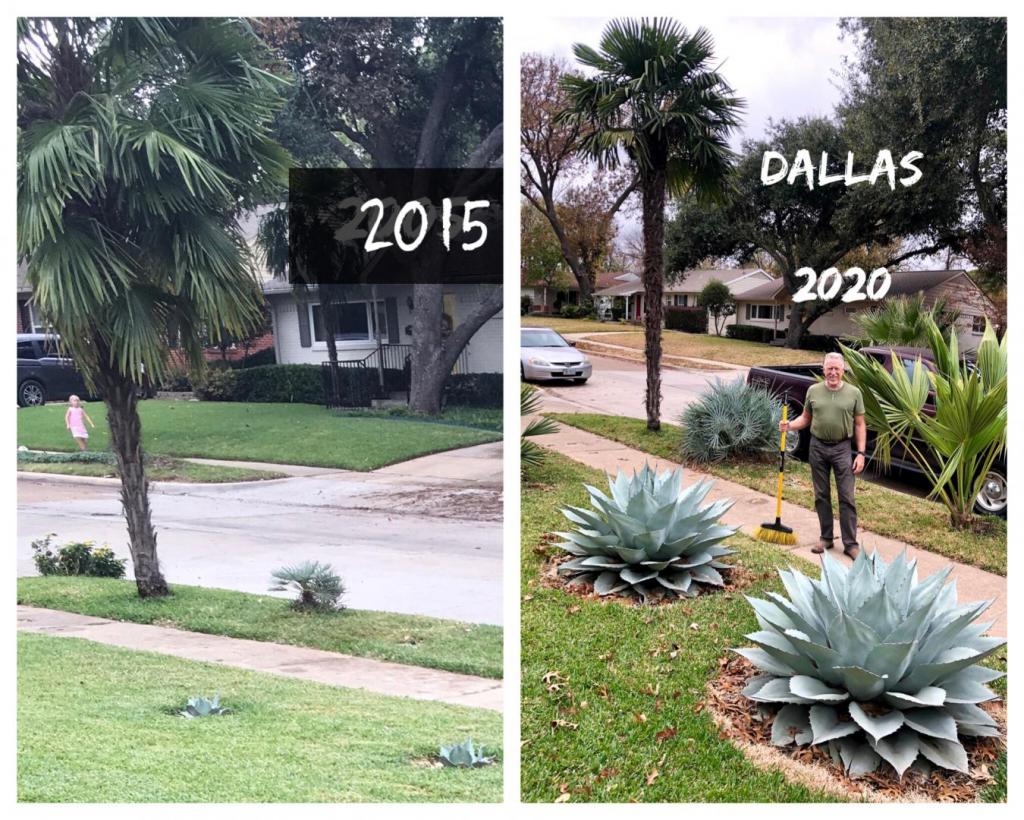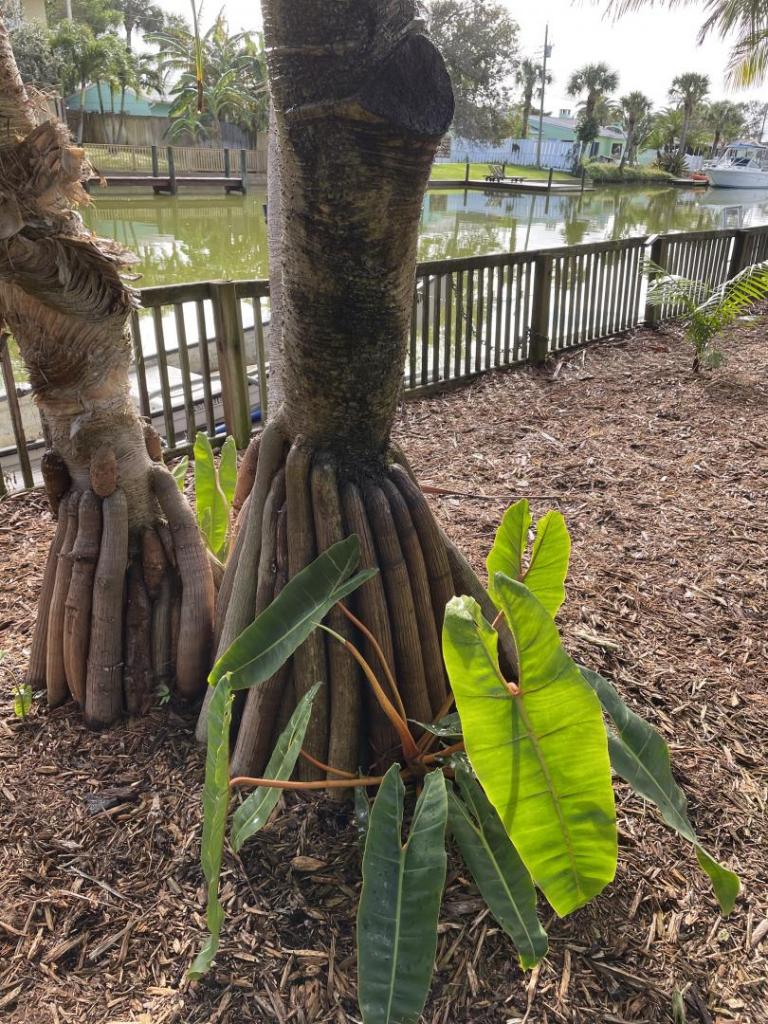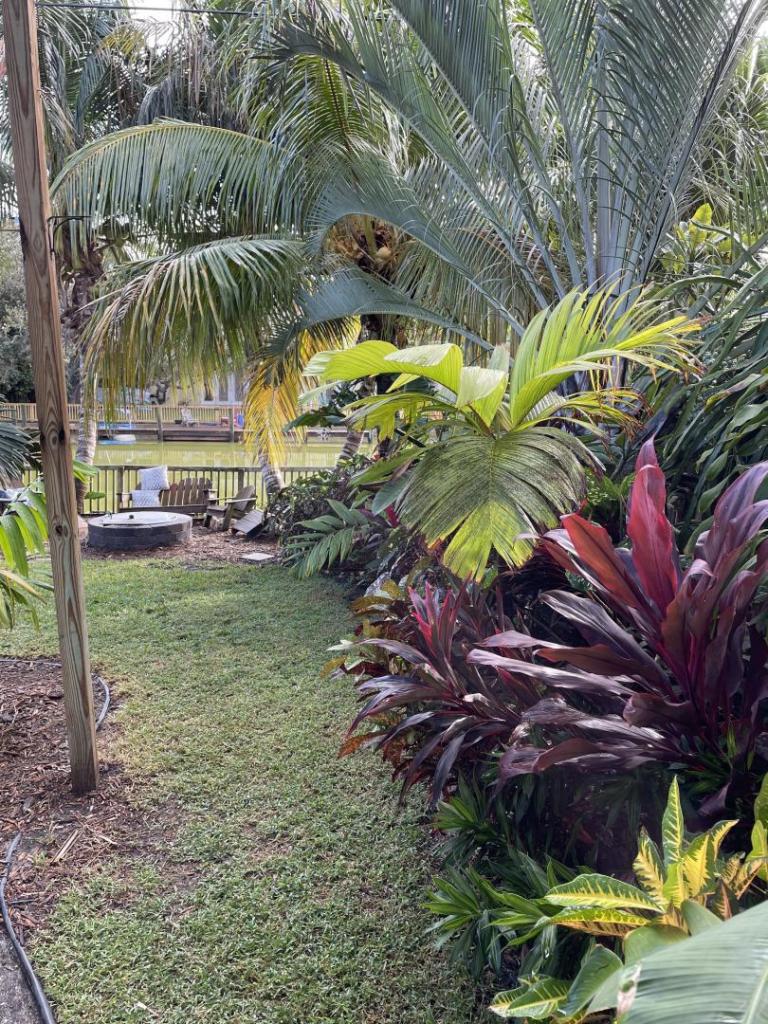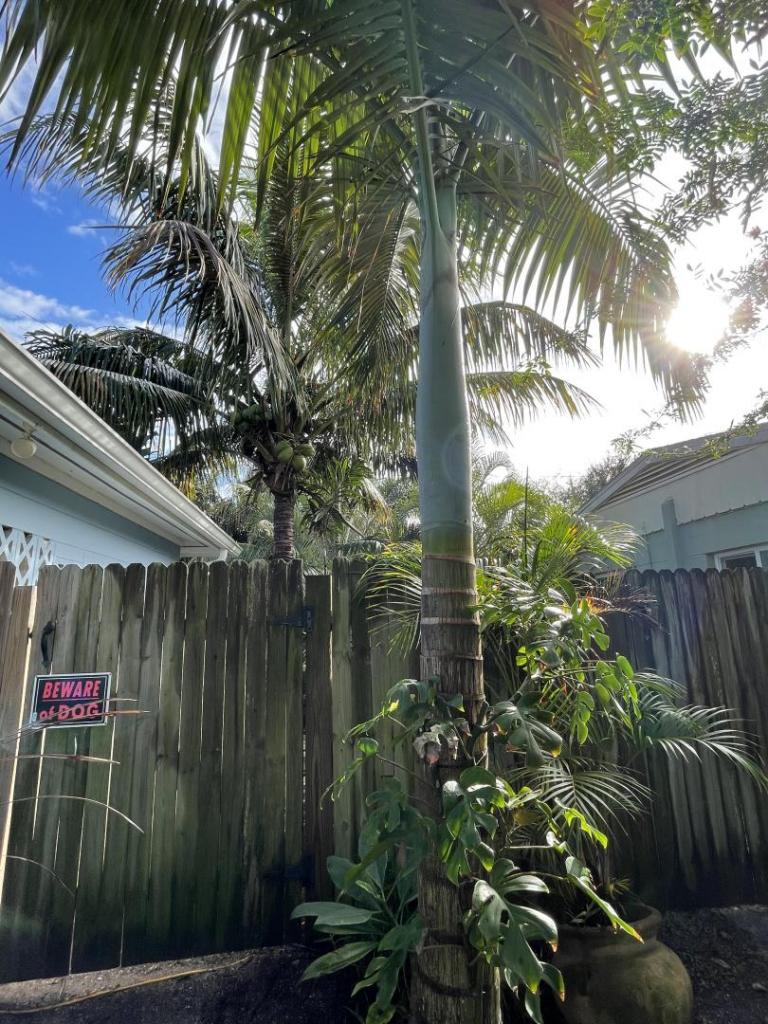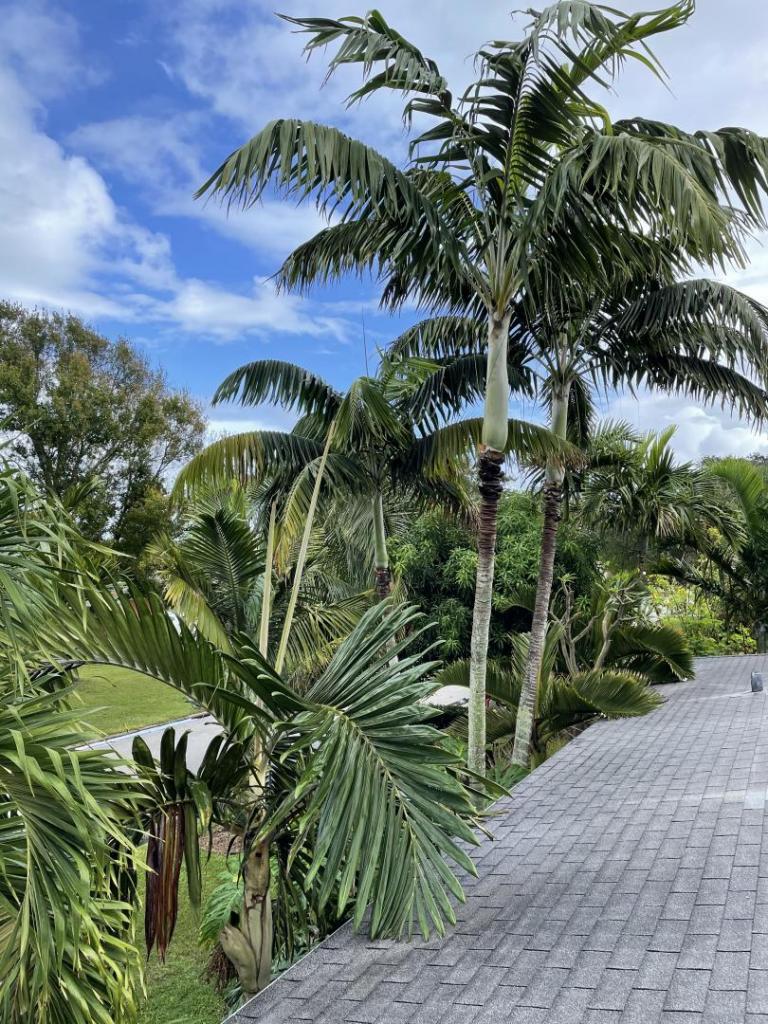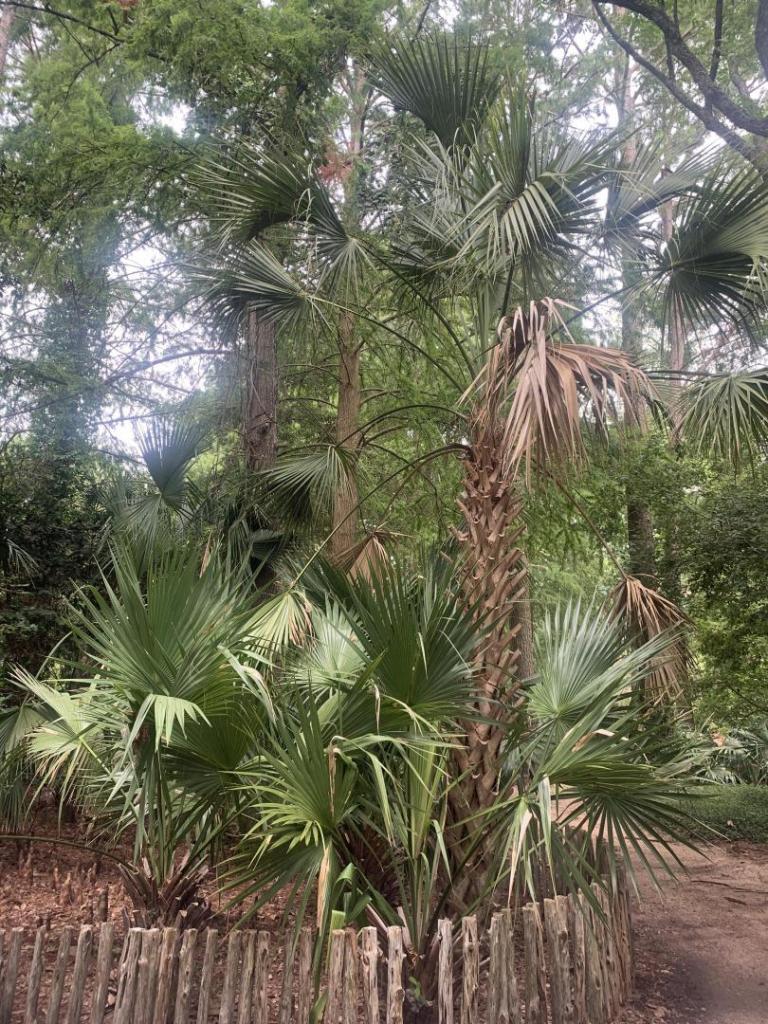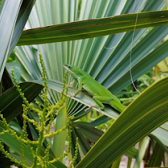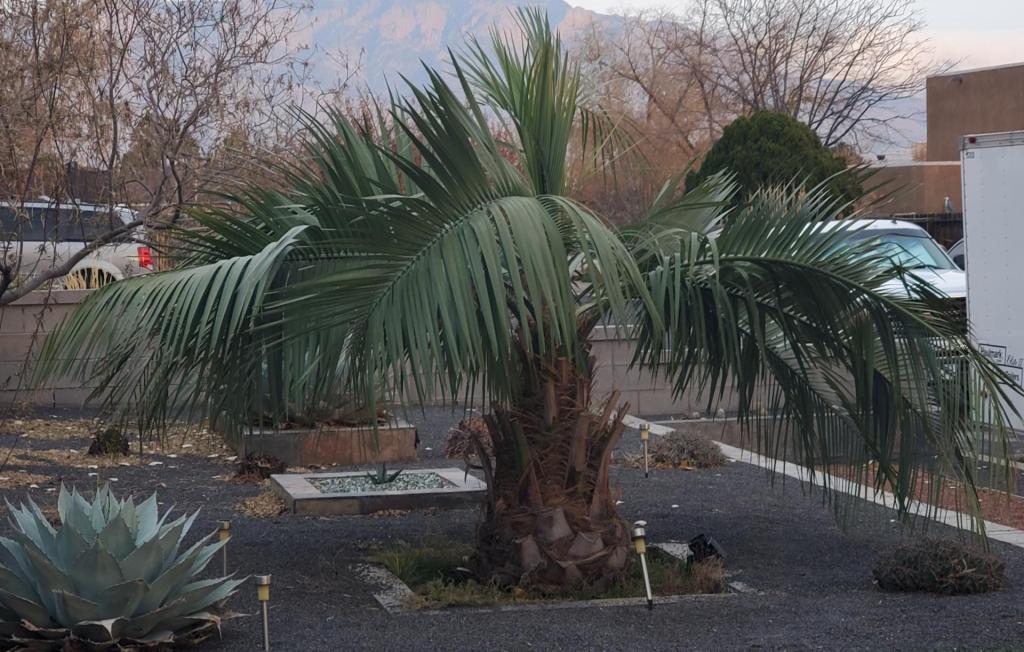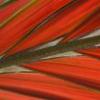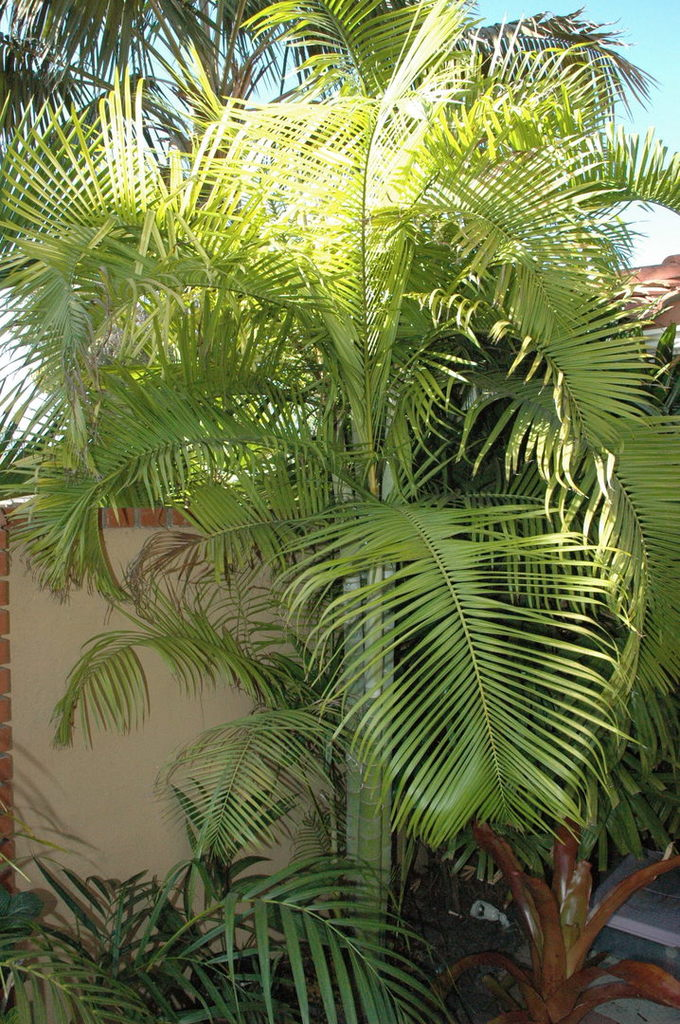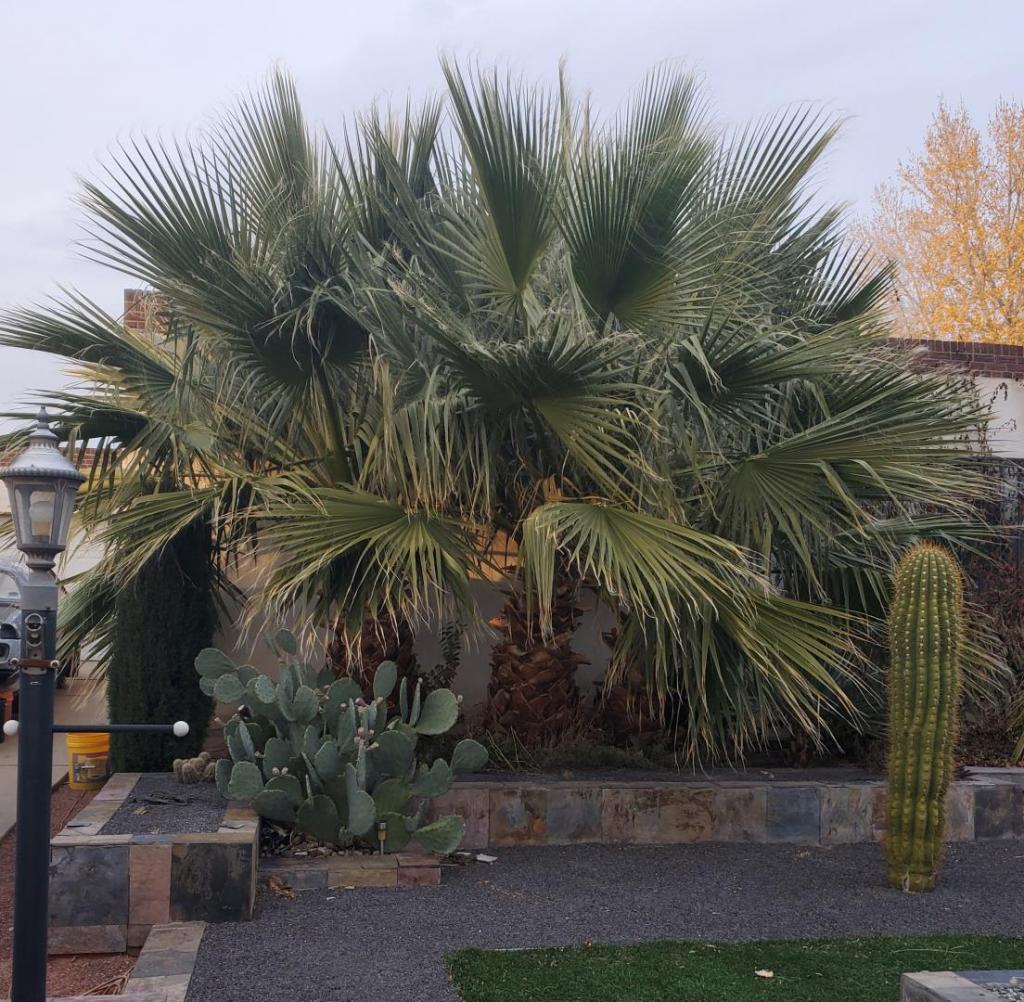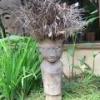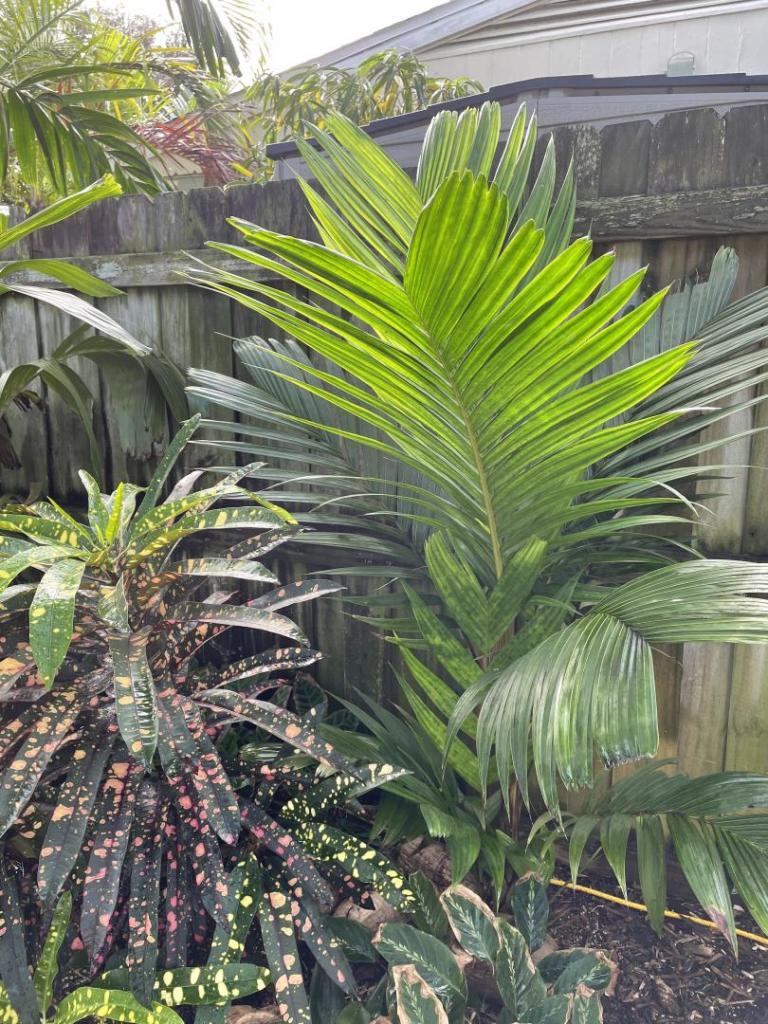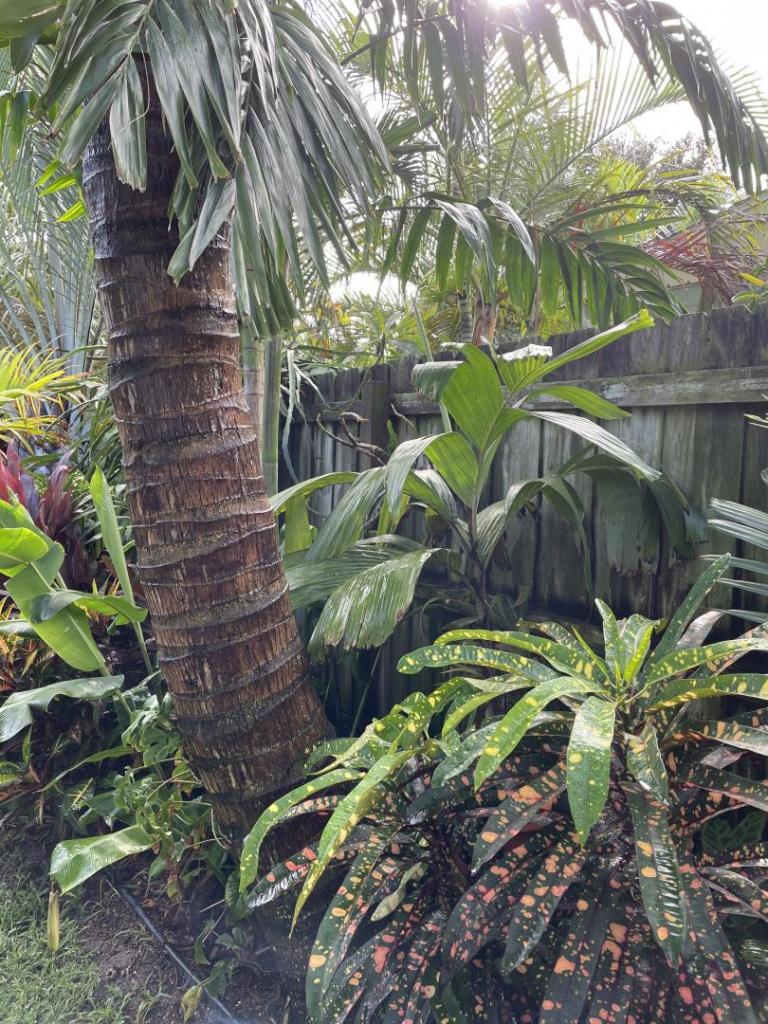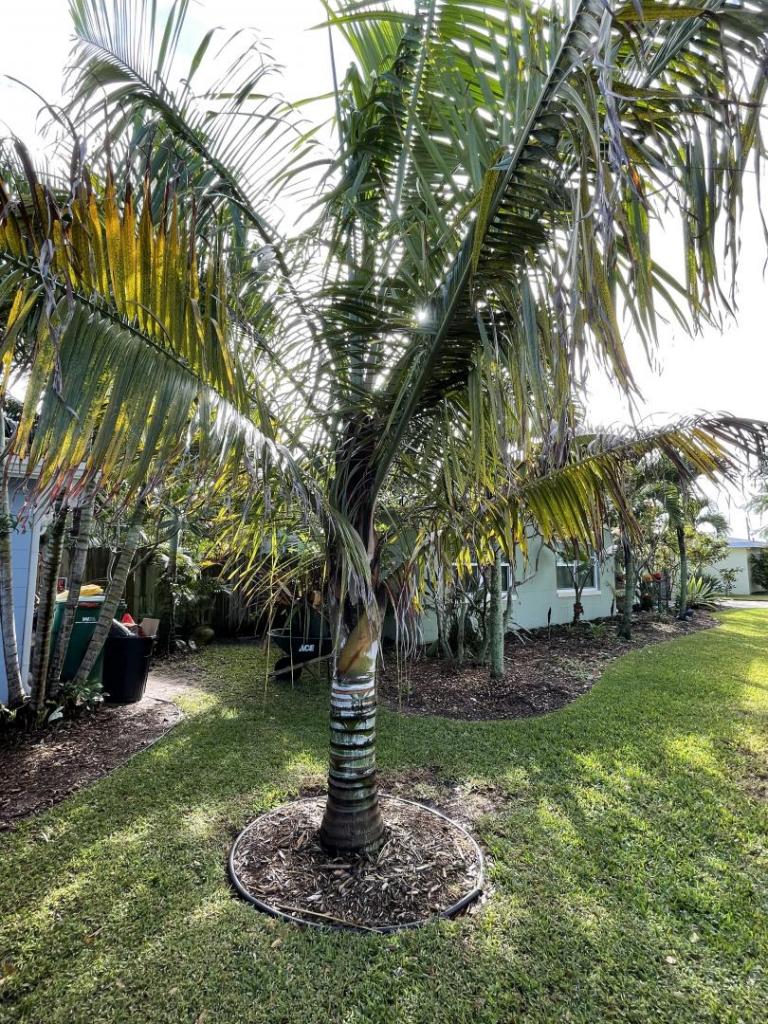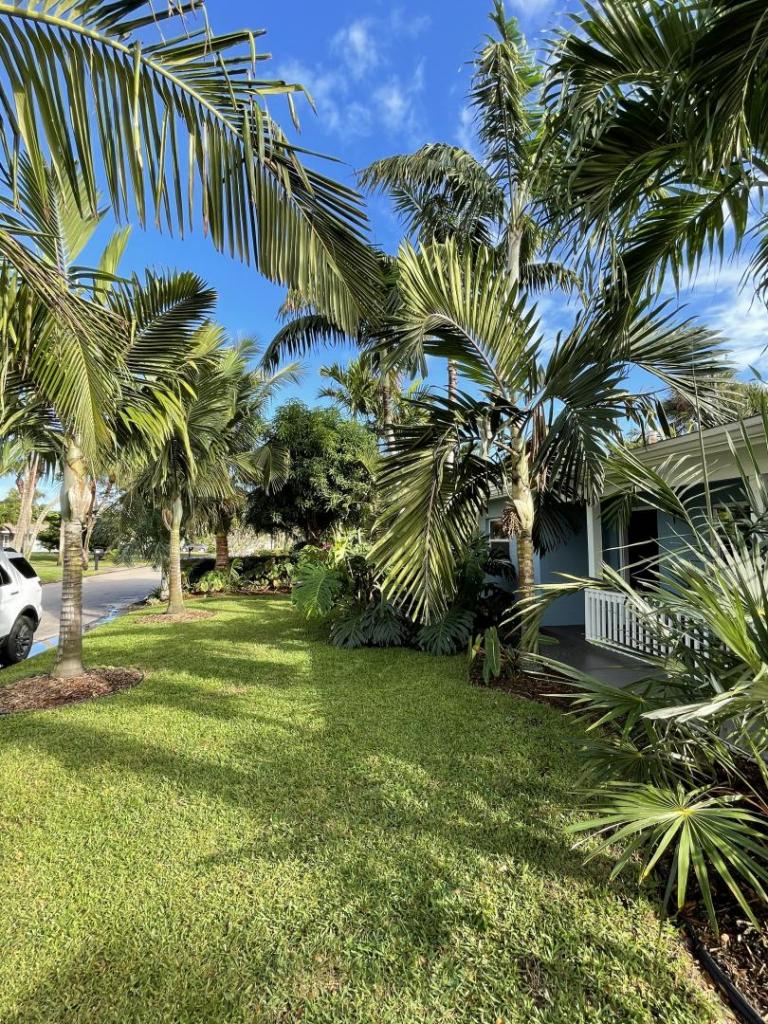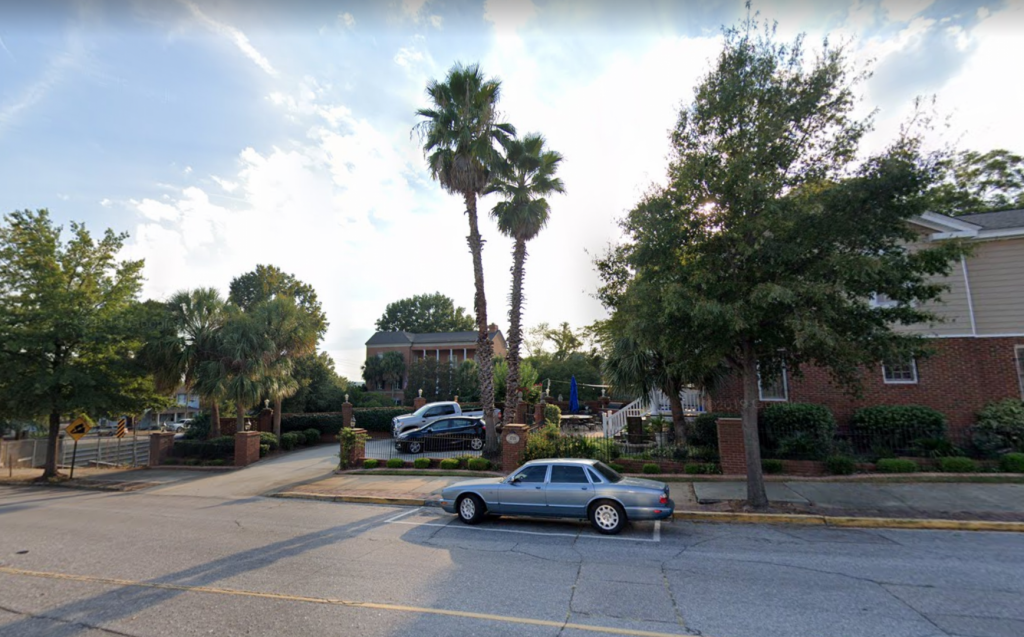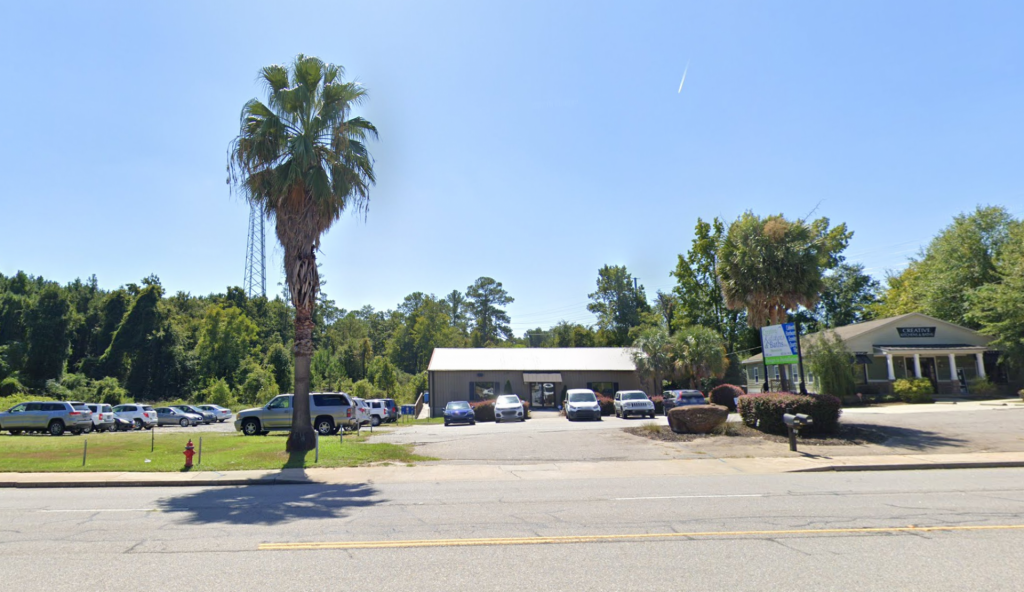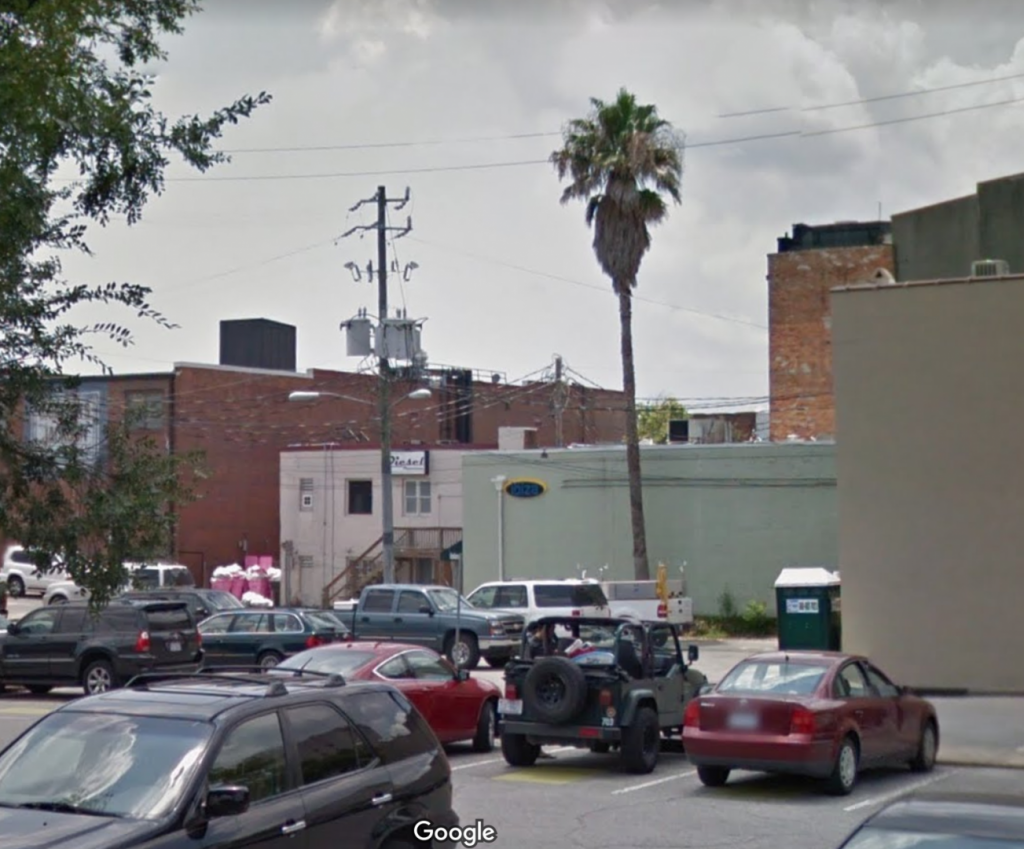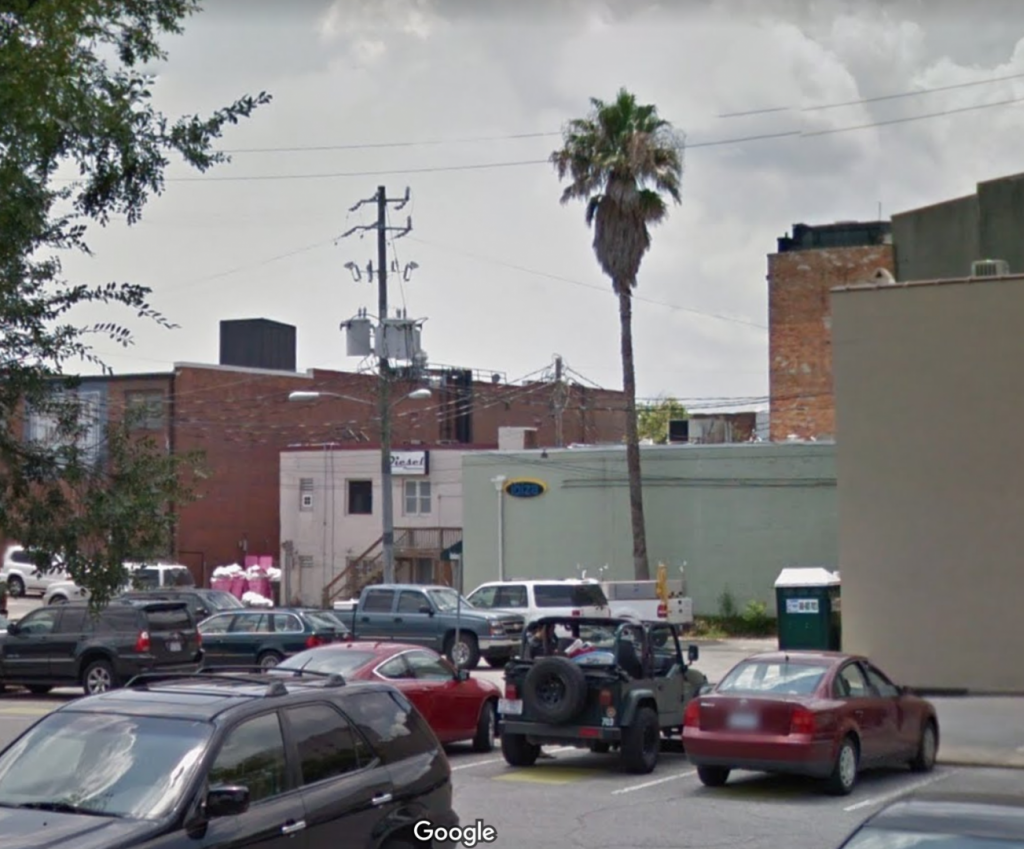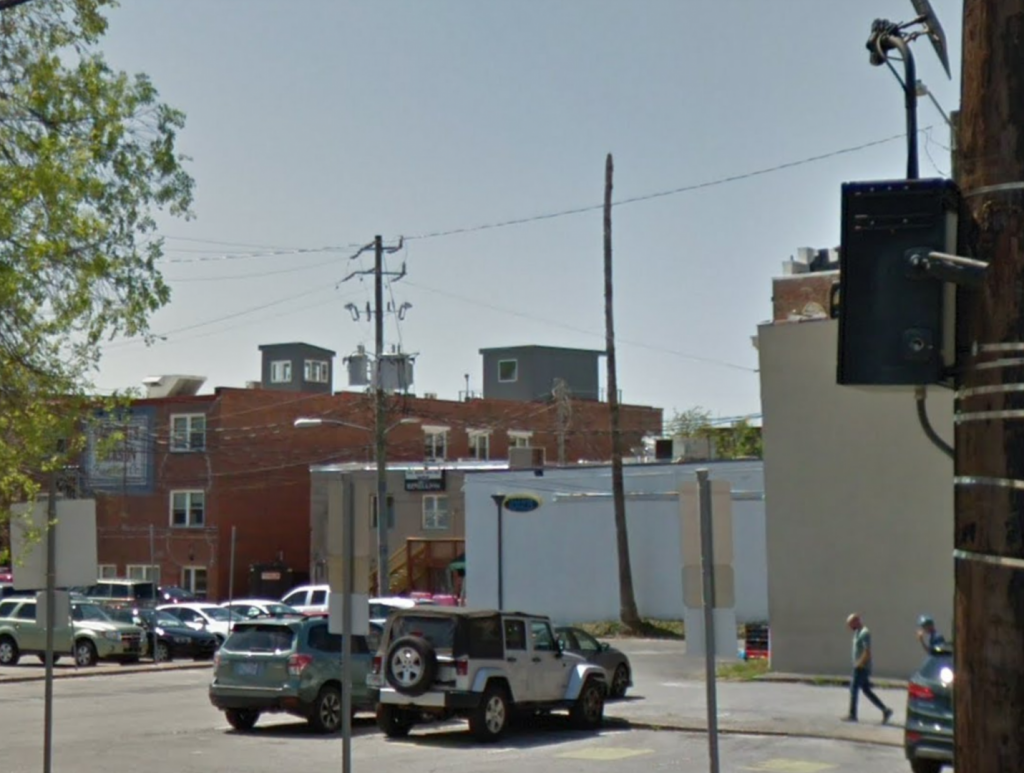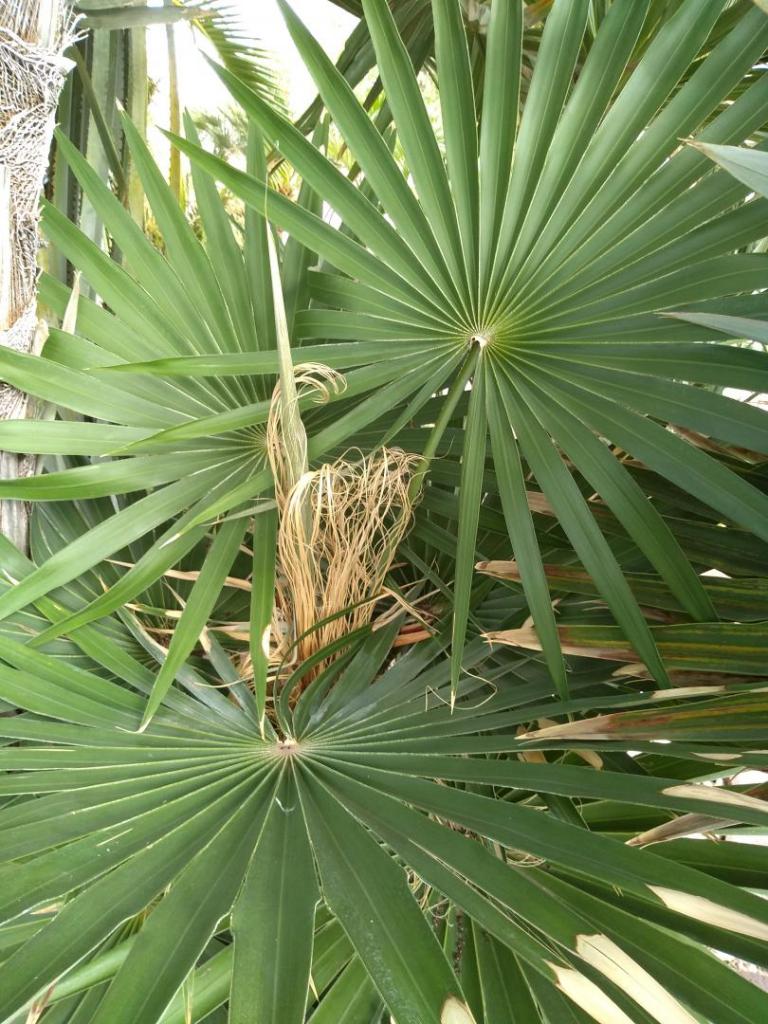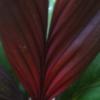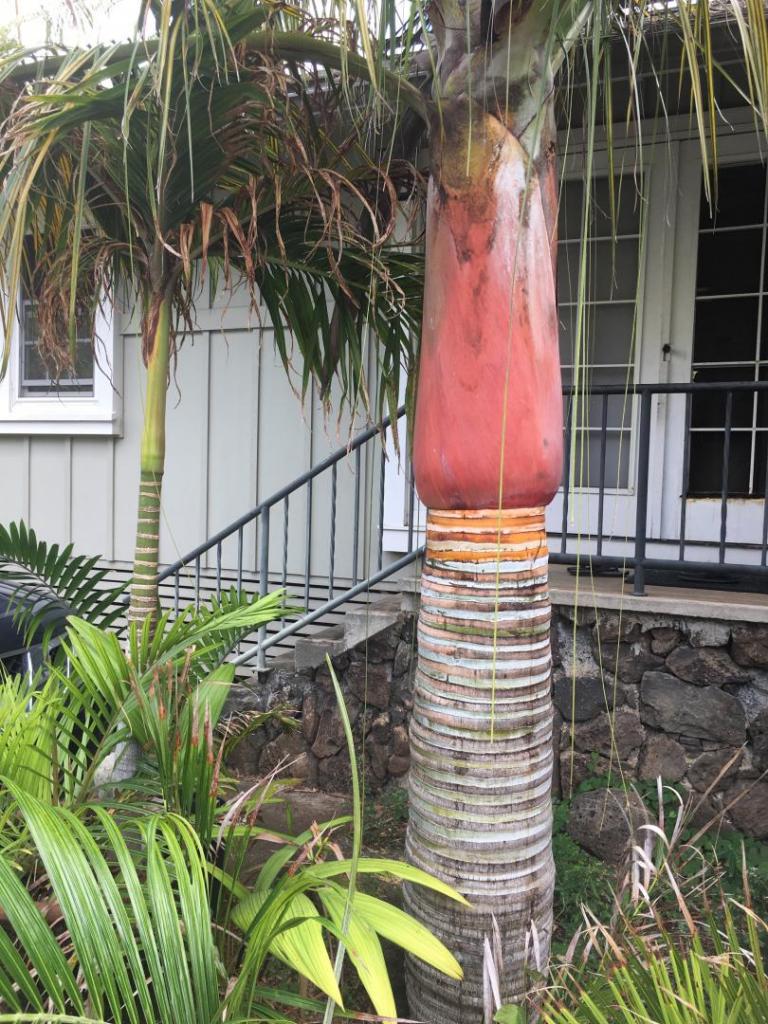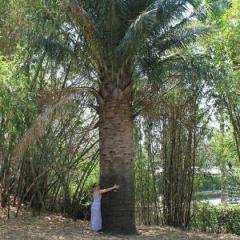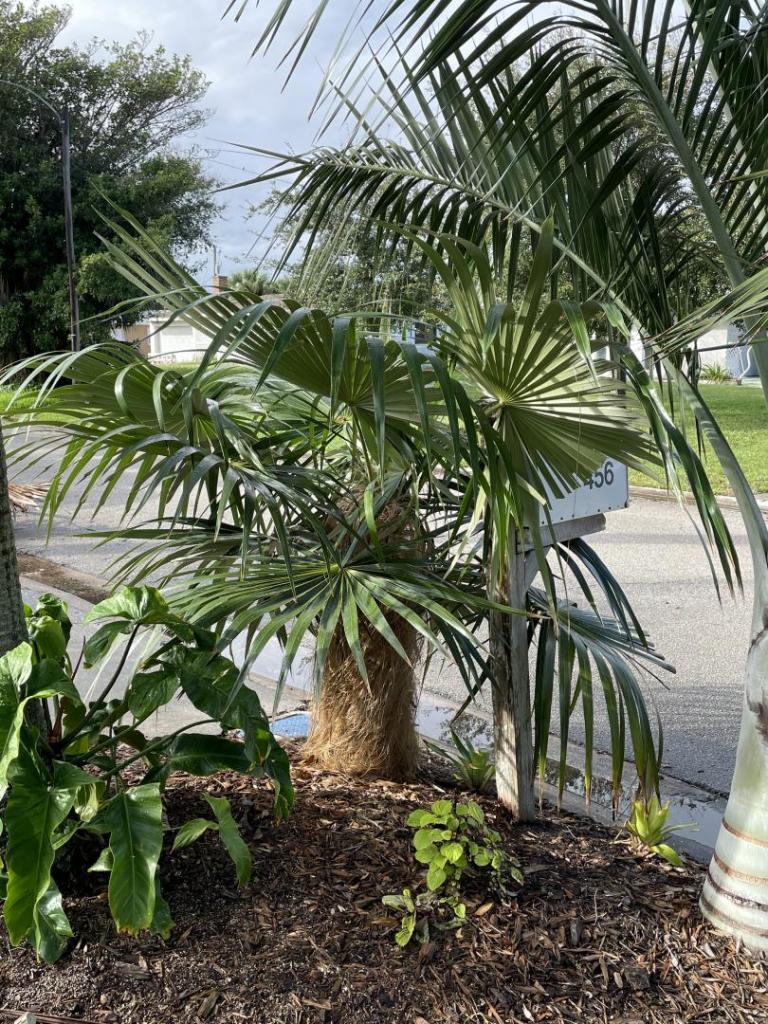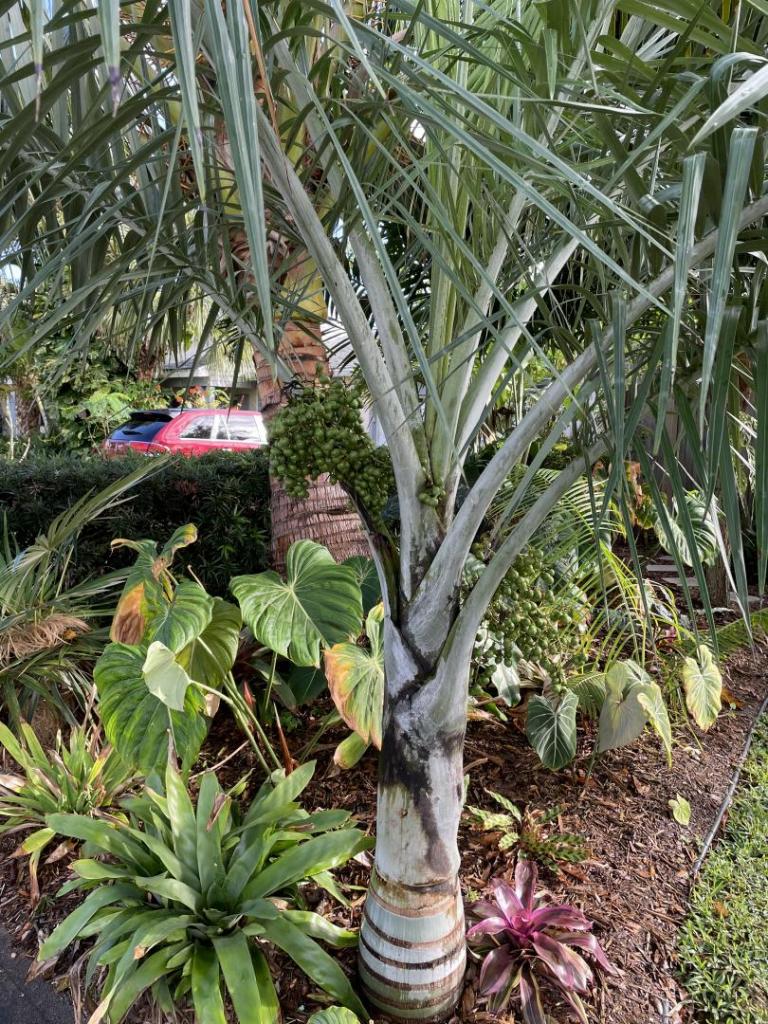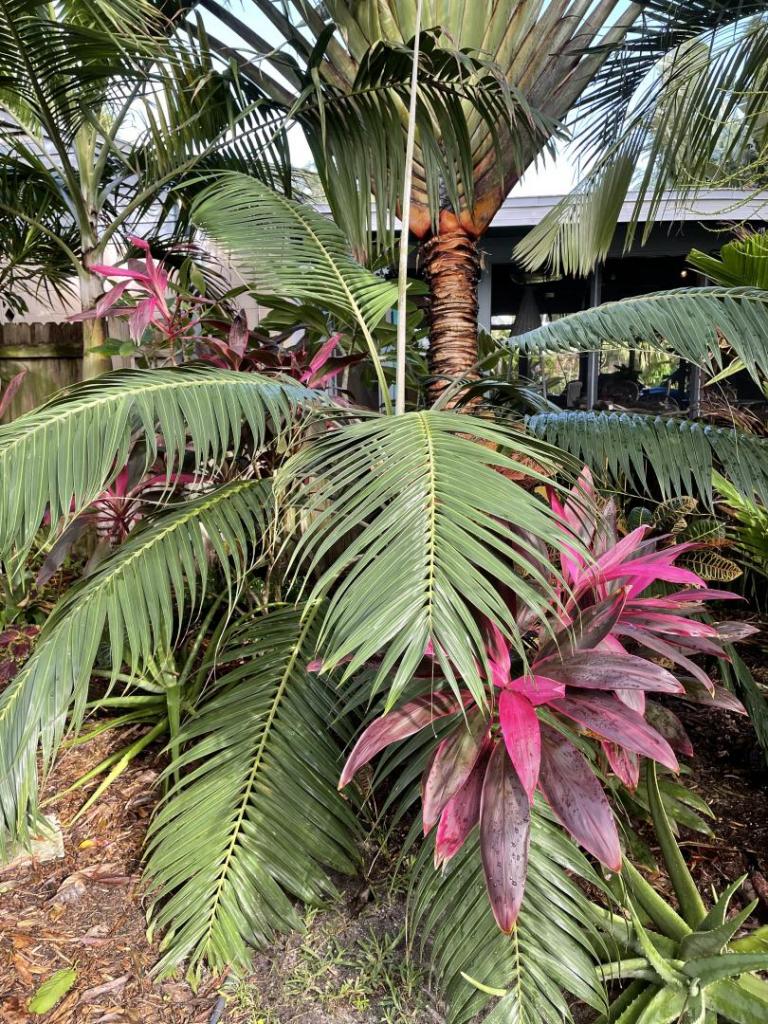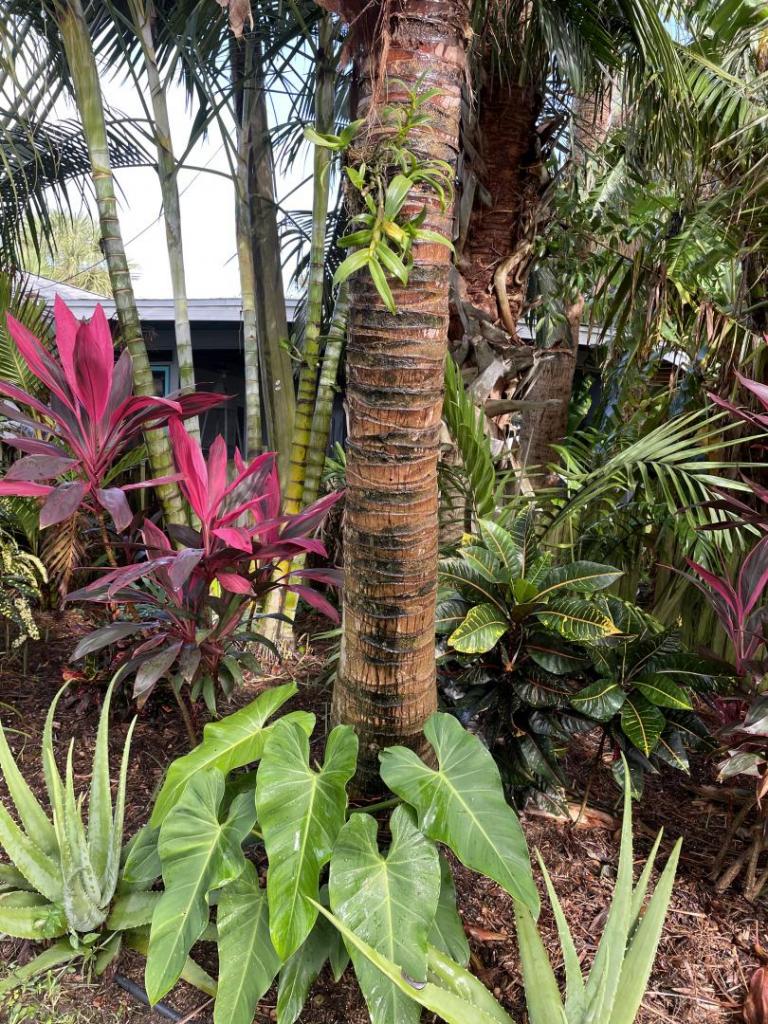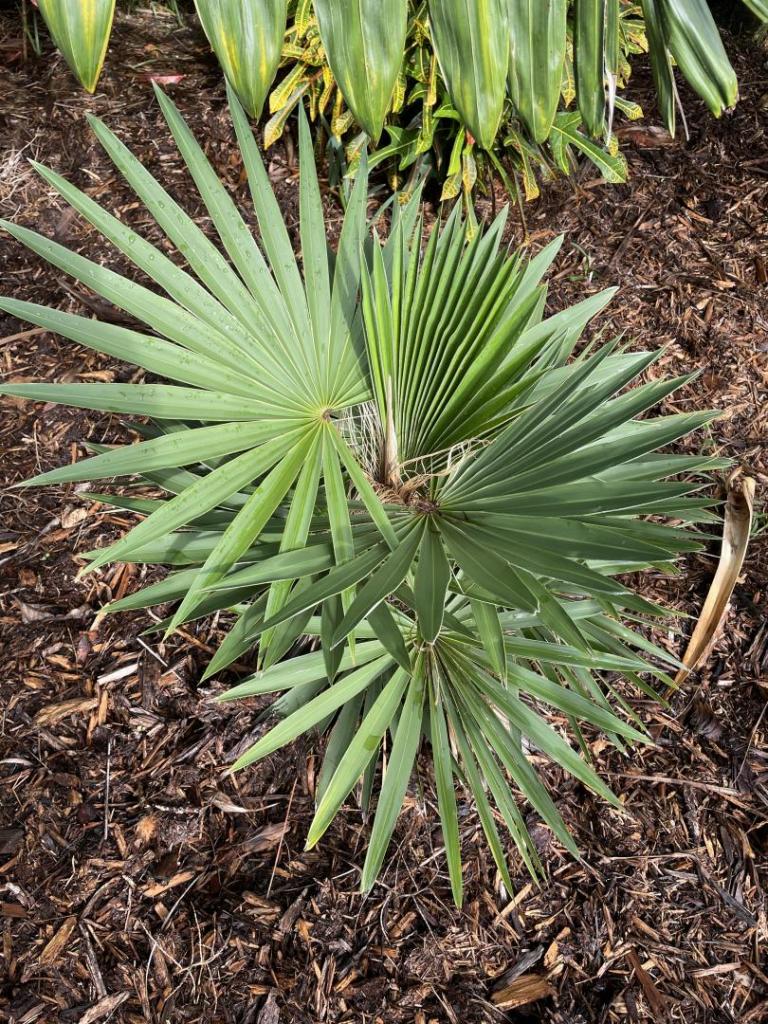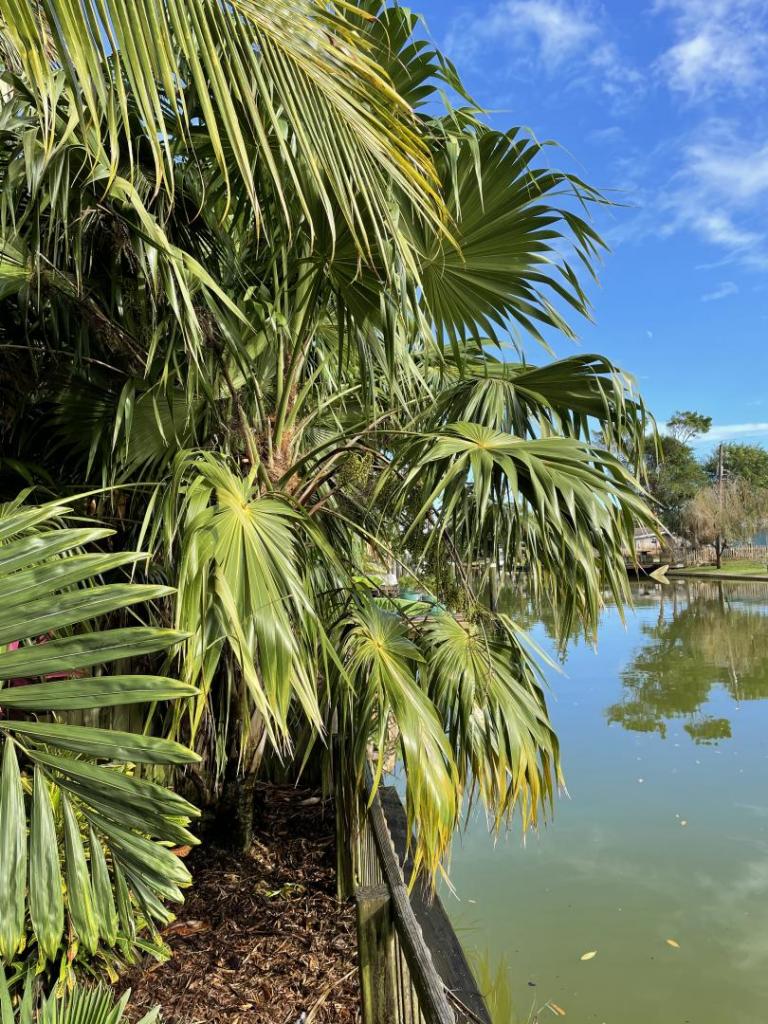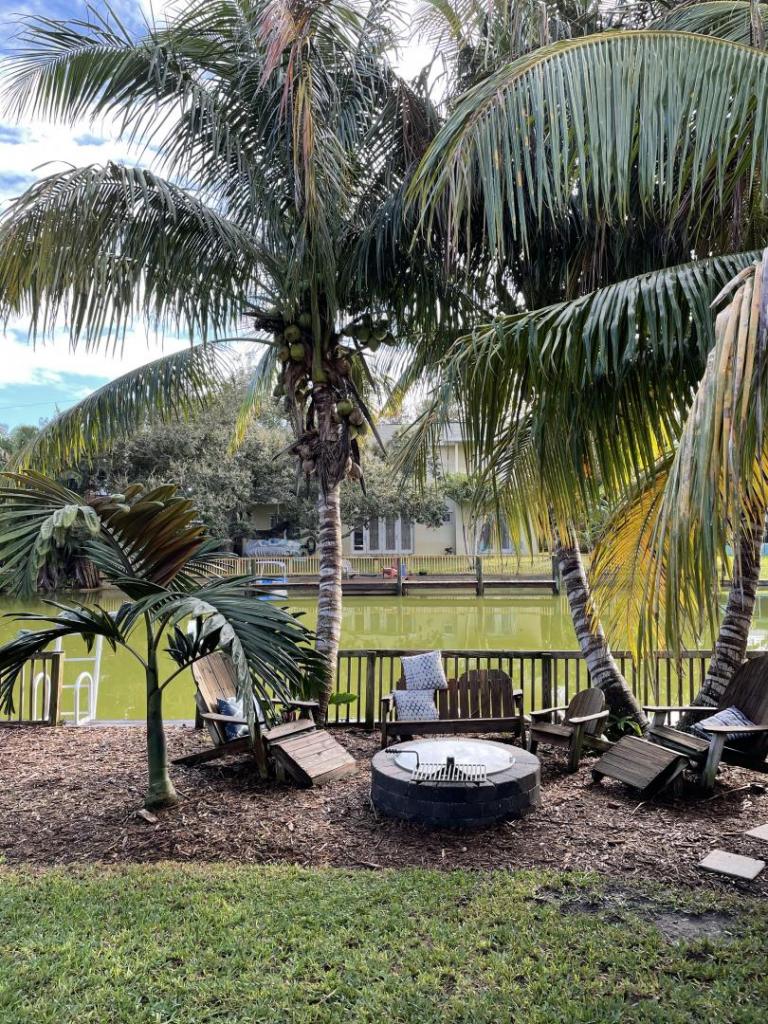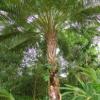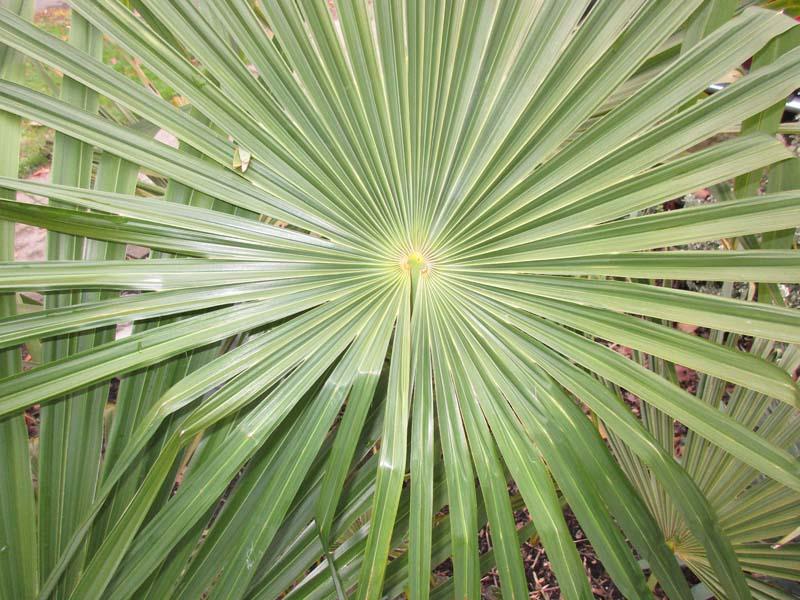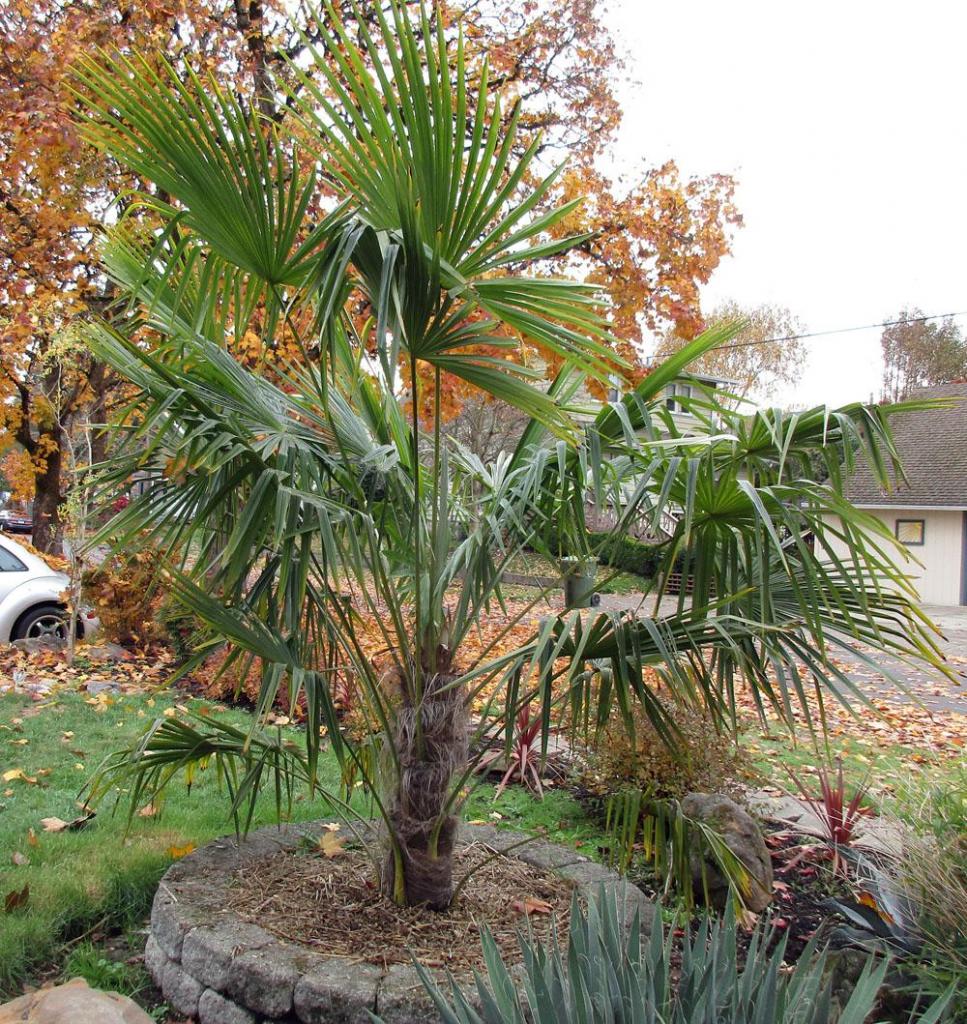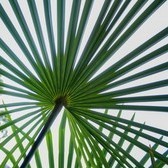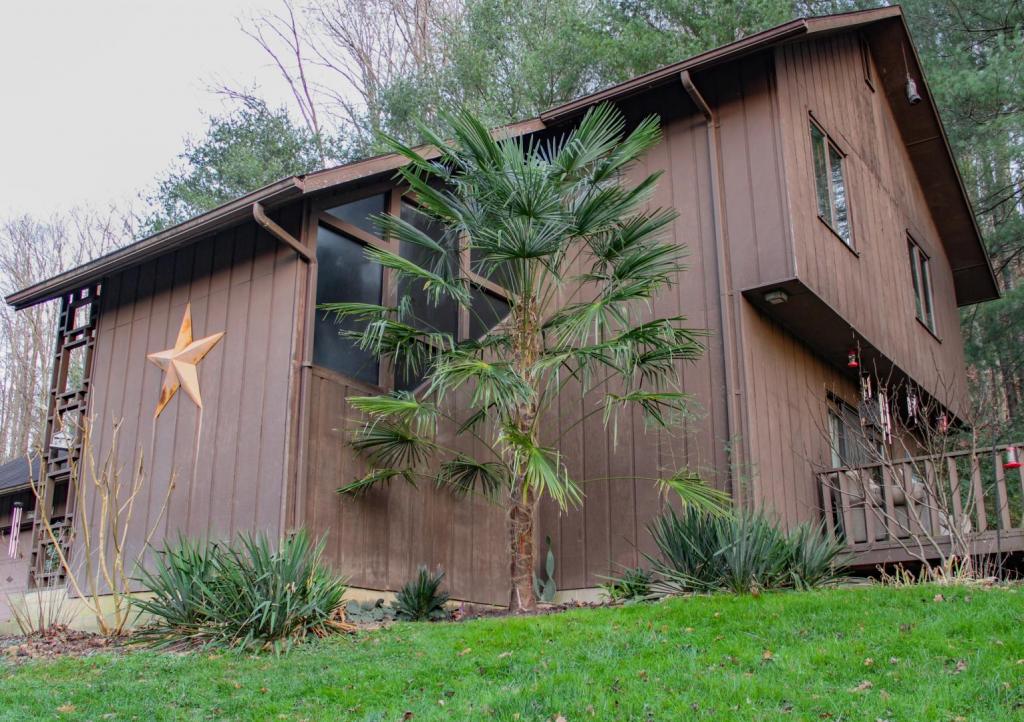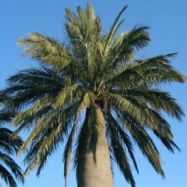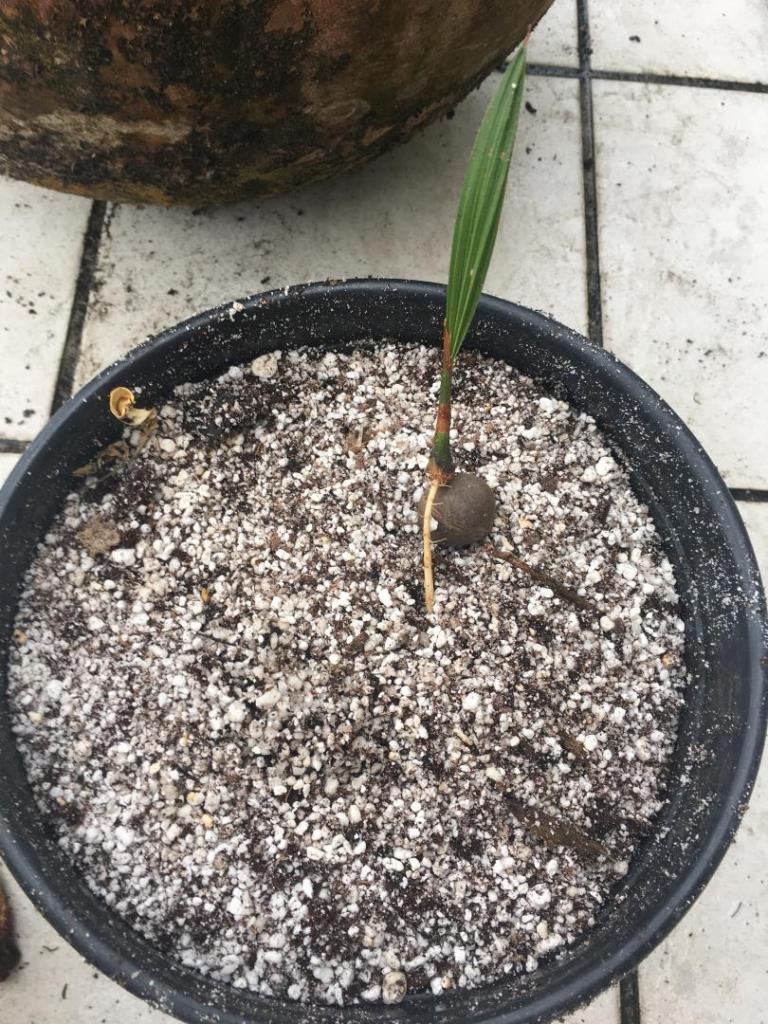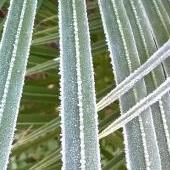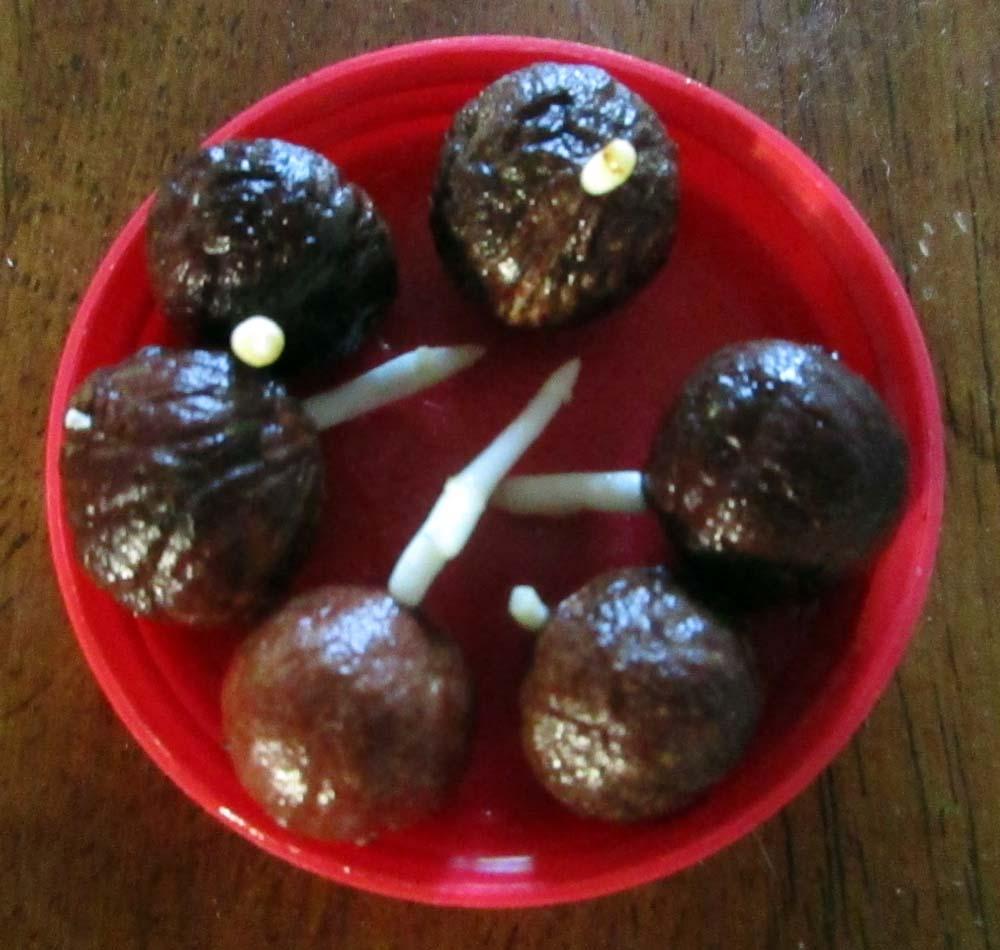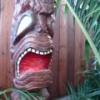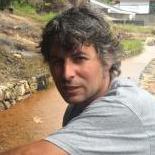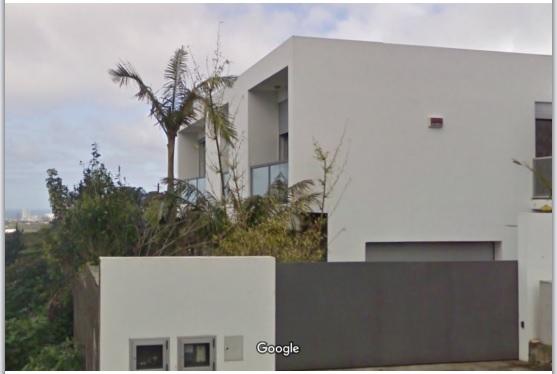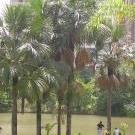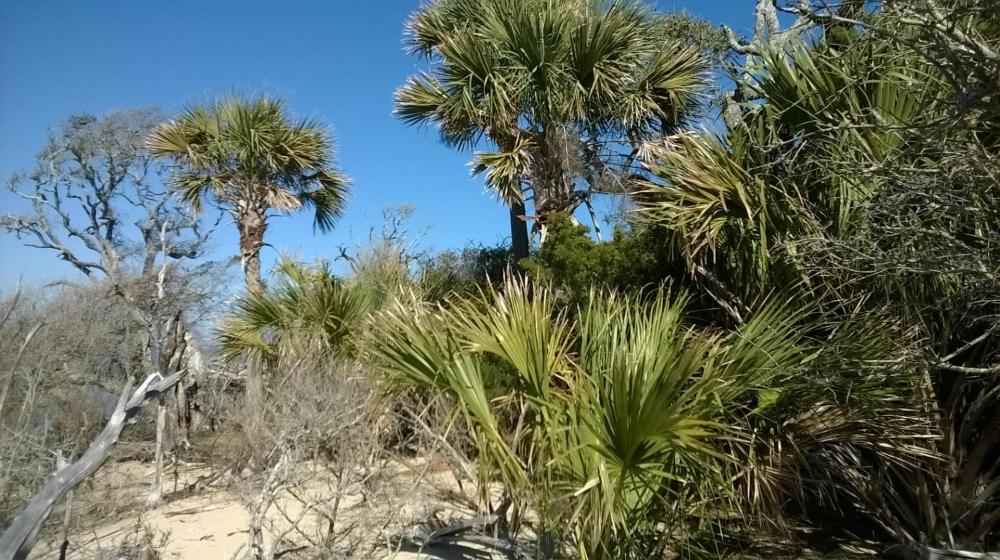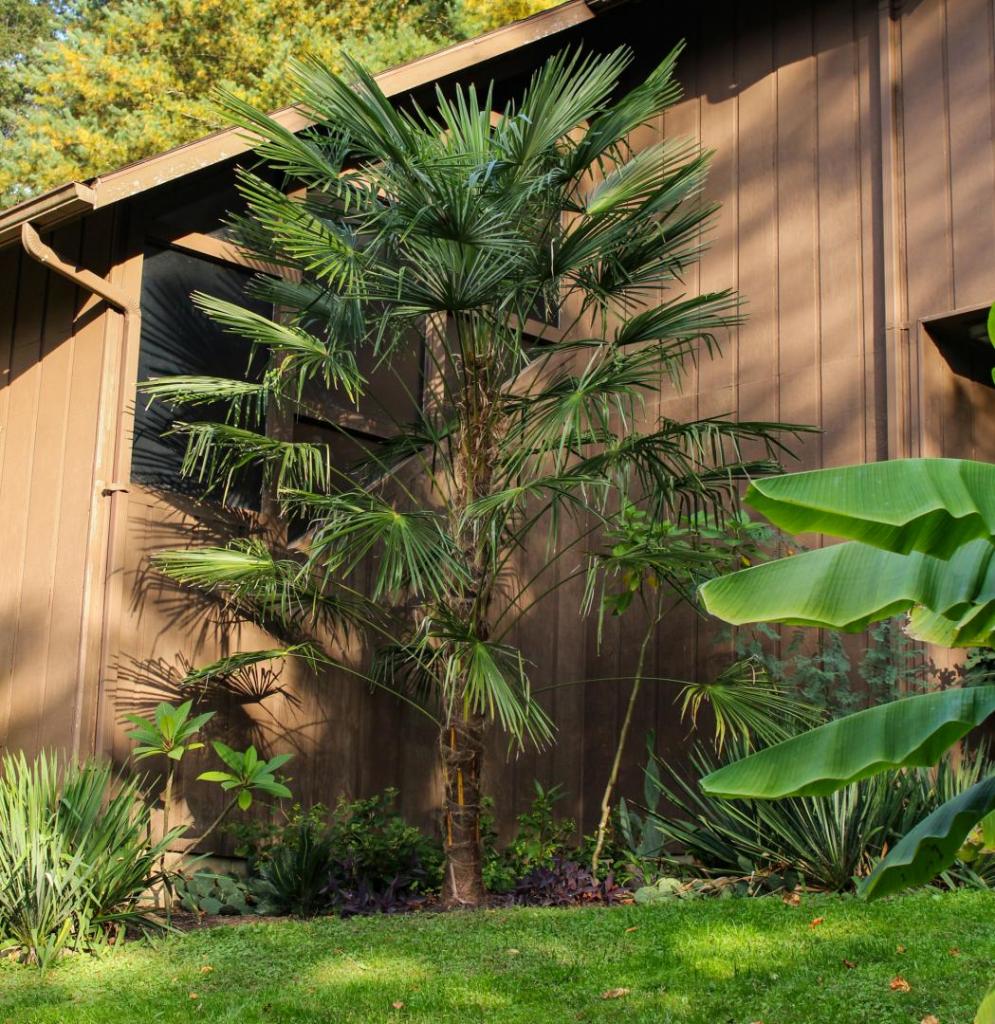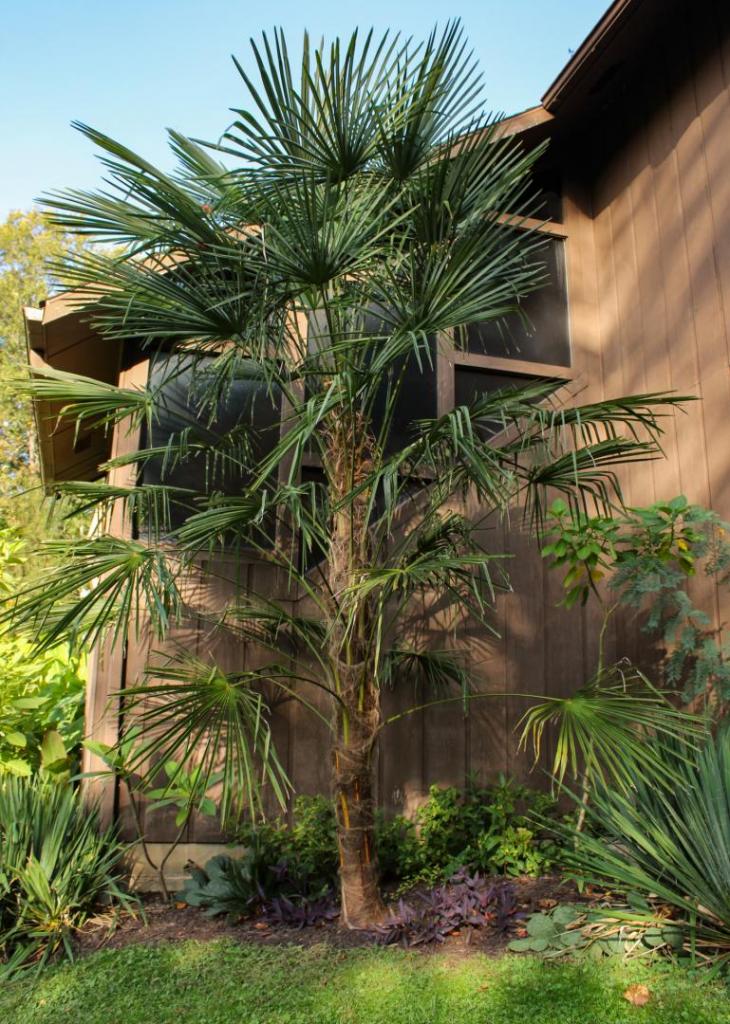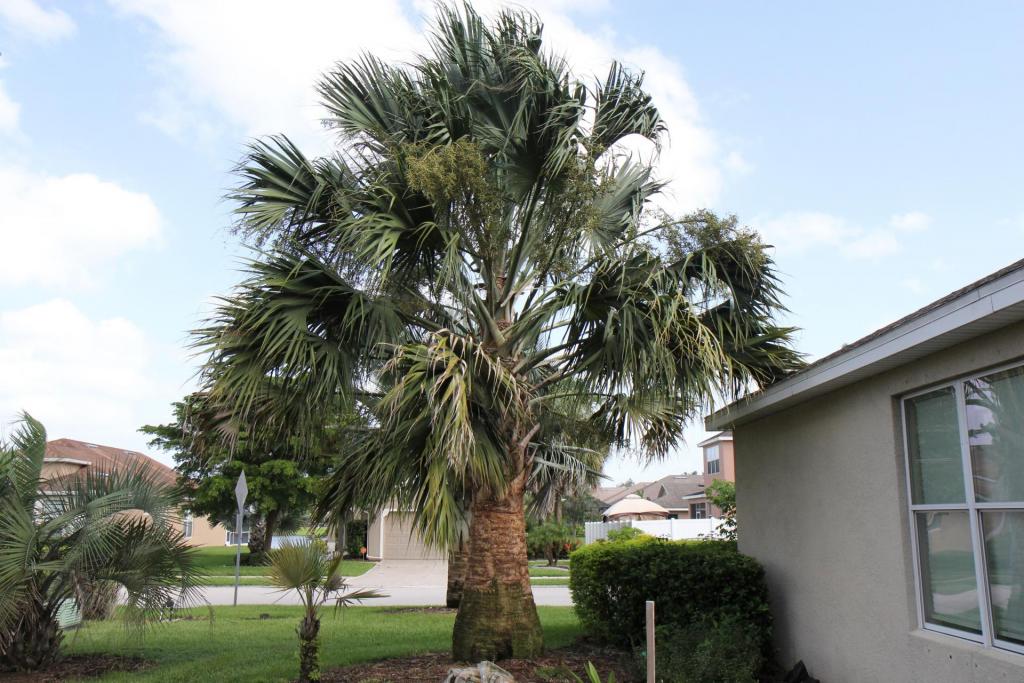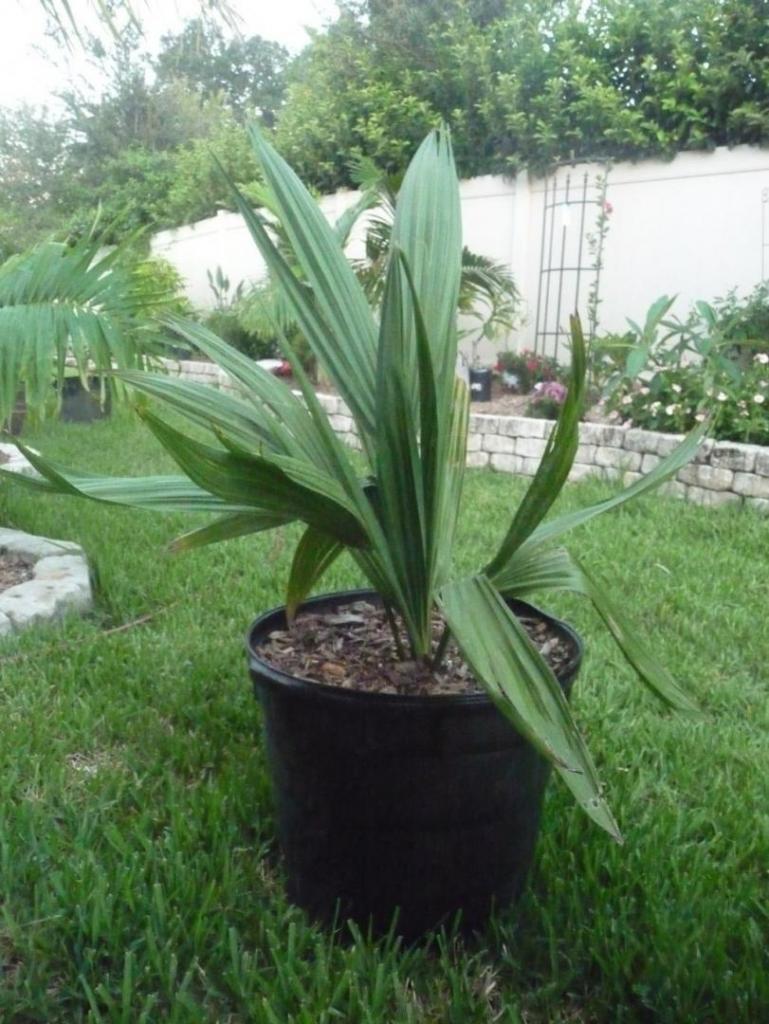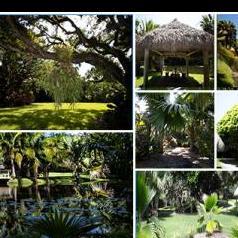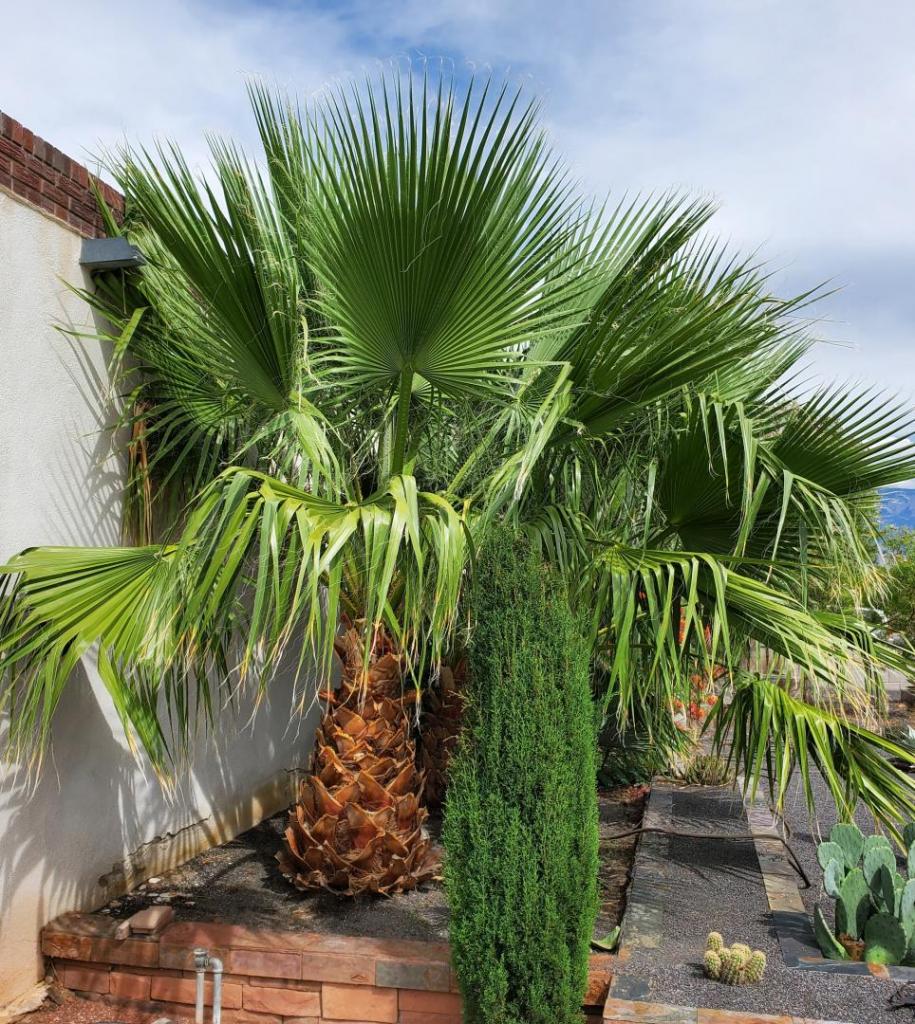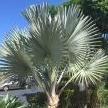Leaderboard
Popular Content
Showing content with the highest reputation on 11/23/2020 in all areas
-
8 points
-
7 points
-
chelation actually allows nutrient delivery in unfavorable pH conditions for the micros. Humic acid chelates most if not all micros so delivery is improved that way in suboptimal pH conditions with regular application of humic acid. Chelation is simoly put isolation of metal ions(Mg, Fe, K, Mn etc) by ligand formation, its a chemistry topic that is probably too technical for here. Basicaly iron at alkaline pH turns into an oxide which is not bioavailable to the plant. Chelating the iron prevents oxidation into the non available oxide form but you will need to apply the humic in frequent intervals in high pH soil, perhaps as frequent as monthly. Lowering pH is best done gradually as the shock can kill some plants. Sulfur pellets applied every 6 months leads to gradual pH drop via microbe digestion of sulfur into small amounts of sulfuric acid. Dont be shy with the pellets they cant burn anything since release is microbe controlled. I used a couple(2-3) handfulls per palm in my AZ garden with its alkaline clay. I would use both humic acid addition for the short term and sulfur for the long term correction if you suspect high pH is a problem. I also have learned to edit my garden. Mistakes are made with limited information about cultural conditions plants need to thrive. I dont want ANY palms in my yard that struggle to survive, I dont care how rare they are. With that palm you might be able to make a recovery, and the upside is other plants in the area may also perk up as they might be ok but not thriving under those soil conditions. Editing is a part of sensible palm gardening.4 points
-
4 points
-
4 points
-
4 points
-
Here is a pic of my baronii a little over 2 years ago. Growing, but not thriving. Len suggested using chelated iron. I added chelated iron and lowered pH. Chelated iron helped with the deeper green, but I attribute the overall health of the palm to lowering the pH. Nutrient absorption seemed to have increased.3 points
-
3 points
-
2 points
-
I was up the hill from my house taking photos of the sunset and decided to take a picture of this Butia in my friend's yard. I haven't asked him how old it is and if it was there when he bought the house in 1978. Which Butia is it? Sorry I didn't go around to the backyard to get a better photo including the trunk.2 points
-
2 points
-
Hello palm lovers, I know there have been topics about this before, but I was wondering if any of you knew of other locations of Washingtonia palms north of Charleston (Columbia, coastal N.C., etc.) that have not been mentioned before. There are three locations that I know of in Columbia, which I will put below. It is remarkable how big they get there. Wilmington N.C. had several quite large Washingtonia that I know of, all of which have died, so I was hoping for some good news about some that have survived in that are as well. Thanks! PalmsUSA Washingtonia robusta on Rosewood Drive in Columbia Washingtonia robusta on Gadsden Street in Columbia Washingtonia filibusta on Sunset Blvd in West Columbia, SC Washingtonia robusta alive in Wilmington, NC Same Washingtonia dead2 points
-
Fronds are pretty much identical between the two... Visual difference is the burlap.On a pure borhidiana,the tan burlap comes up along with the new spear and is almost as long.First pic that started this thread shows it well.On the hybrid,little to no burlap comes up with a new spear and is whiter in color.Starting with a small plant is going to be a crapshoot on what an older plant will actually look like.Unless seed was collected from the wild in Cuba,chances are good you will end up with a hybrid,as young plants really don't show the trait.My first pic shows hybrid borhidiana spear.Second pic shows pure borhidiana spear. aztropic Mesa,Arizona2 points
-
Ravenea rivularis love it wet and look great when happy. A lovely smaller clustering species is Mauritiella armata. Various Raphia species are big and impressive and like it wet.2 points
-
2 points
-
2020 is a wild year. Please search the thousands of posts in this forum for this information.2 points
-
2 points
-
I'd probably do the same Another species that wouldn't mind these conditions (because it is partly sharing its habitat with Nypa fruticans) is Oncosperma tigillarium (photo from palmpedia):2 points
-
2 points
-
2 points
-
That's a nice graceful looking palm, no matter what it is. I have a regular T. fortunei that was planted from seed six years ago that gets the 360 fronds about half the time. It also has the longer petioles but is not nearly as graceful looking. It definitely looks different than all of the other T. fortunei around here and there are a ton of them because I'm in the PNW. Occasionally someone pulls up to the curb to take photos of it.2 points
-
If you are referring to my seeds, they were germinated in coco/perlite, but straight perlite works too. The photo is of seeds that I rinsed in water after being removed from the Jiffy tray, just before I put them in a regular pot. I use those compartmentalized germination trays with the loose fitting clear lid. Airflow is important to minimize the chance of molding. After they push their way out of the media, I pull them out, rinse them off and pot them up. I usually wait until I have about a half dozen and then community pot them. One other thing I have to add, I use room temperature only, no bottom heat. Exactly the same as I do for Trachycarpus.2 points
-
2 points
-
I got some domestically produced trachycarpus "Bulgaria" seedlings. The story is there were some trachycarpus planted in Plovdiv Bulgaria, near Romania by a Russian seed collector. The seed were of unknown origin, but is suspected to be a cross of fortunei and wagneriensis. Someone brought some to the US and is producing seed here. They have taken -17 degrees Fahrenheit in Bulgaria.. Thees are several years old and are close to putting out the character leaves. Not a 1 leaf seedling like some are selling. They are $10 ea or 10 for $70. I can't ship to the southern states, but can if your state does not check for nematodes and fire ants I can ship there. PM me for details. Chuck G.1 point
-
I moved this 3-4 month old baby up from a cup today to a 3 gal (?), with large holes at the bottom with tons of perlite. It looks small but the root system was already busting the seams. I’m keeping the seed and the growing point above the soil as that keeps it safer from rot (in my experience). A lot of people think it’s crazy to grow Jubaea in a humid climate, but it’s the nematodes that’s do them in. A very freely draining pot out of the soil is a safe bet. I won’t be fertilizing yet. Let’s see where we go from here!1 point
-
I'll let you know. I didnt sell them last time, just took interesting trades.1 point
-
the main component of aerify is SDS, "sodium dodecyl sulfate" also called "sodium lauryl sulfate". Its a very potent surfactant that helps break up clay. SOmetime its used in minor amounts in laundry soap, but its much more effective as a surfactant than laundry soap. the plus refers to the use of humic acid and kelp in it so that it also stimulates soil microbes. I just buy the aerify and humic acid separately, more bang for the buck if you mix your own. Humic acid kills the bad nematodes and provides a soil chemistry balance that stimulates mycorrhizae growth.1 point
-
Jubaeopsis are tough but unlike Jubaea require around 30C to germinate in my experience. I’ve succeeded with these by presoaking them well and putting them in a pot of perlite (excellent drainage) pushed halfway in and then a thick layer of moist spaghnum moss over the top and place the entire pot inside a plastic bag tied up at the top and placed on a shelf in a tin shed and basically forgotten. When they are ready they will pop. They are erratic. Some will come up in the first summer then the rest will do nothing. Let the non germinators dry out in winter a bit but not dry to a crisp. Come the next growing season, soak them again and hydrate them right up and moisten the spaghnum moss and some will pop again in the summer. They can take up to 3 years to germinate. Once germinated it gets tricky. You need incredible drainage or they will rot. Treat them like a cycad. Keep them in a warm bright place but water them when they look a bit dry. Give them a good watering to get the free draining medium moistened right up. Once they get bigger they get easier.1 point
-
1 point
-
1 point
-
1 point
-
Sorry to hear....That has happened to me every time I've tried that on Jubaea. Now I just crack them open when they rattle and germinate the endosperm in sterile media. Some of them will sprout in as little as two weeks, but usually about two to three months at room temperature. The only ones that go moldy are the ones I suspect are bad to begin with. I used to fight these seeds and since I started doing it this way, they are one of the easiest.1 point
-
1 point
-
HI Bret; The older I and my garden grow, the more ruthless I have become. When a treasured palm dies, I used to get upset, now 'whatever'. I have removed healthy palms that no longer please me, such as a Howea belmoreana palm that did not show the best frond form. You have a great garden with many excellent palms, perhaps an edit would be in order. Some individual palms will always be just 'also-rans'.1 point
-
1 point
-
1 point
-
I've sent out BHI palmetto seeds to a handful of PT members in the past. They seem to be ripe later in the year than the local landscape palmettos (ripe now), and I collected them in FEB last time. I'll make an effort to head over there by boat sometime in the upcoming months, and probably will post again that I have some BHI palmetto seed up for grabs. I'll send you a PM if I ever get my hands on some. . BHI palmettos in habitat on an undevloped marsh island, where I collected seed.1 point
-
1 point
-
Here is an update on my sabal causiarum now with 6'+ clear trunk and its fruiting prolifically. I have included the original strap leaf palm that was planted out in 2011 Today 9 years later its my fastest growing palm, palmate or pinnate. The seeds attract swarms of birds in fall so if I fail to collect seed its gone in a few days of the fall migration. Hopefully those eaten seeds end up out there in florida somewhere. The rains this summer were again profific, most rain Ive ever seen. I wouldnt be surprised if it was 20" in 3 weeks in mid august early sept, much of the grass was killed off in part shade areas. Here are 2 pics, just before planting from a 7 gallon pot(correction earlier description was 15 gallon), and now in sept 2020. As a seedling it was obviously a beast as you can see. The eave of the house is ~11'(10-12' ceilings inside).1 point
-
1 point
-
1 point
-
ආයුබෝවන්! Dave, I received your parcel. If you have more palm varieties, please send me. you are very generous and Thank you so much!!1 point
-
Jeff is known to have sufficient “psychiatric couches” cleverly disguised with wheels and handles but we all rush in to get the most comfortable one. Those requiring intensive therapy hope to find a cure...but alas, come fall the addiction will return1 point
-
1 point
-
When I was a teen I grew these as die backs in Asheville, NC. This was a zone 7a and they returned every year.1 point
-
1 point
-
1 point
-
I've grown malajana & parviflora in pots and they've done well. Grandis does okay. I've got a distans from last spring's Palm Beach sale, also in a pot. L. spinosa grows in a downtown Ft. Myers palm park. Fordiana is a beautiful dark green and survived several years before succumbing. I'd like to try it again. Same for cabalionii. But skip triphylla, which is a darling small palm. Every one I ever tried spiraled downhill the moment they arrived from HI. And Licuala Mapu was a total and expensive bust for me that my husband never lets me forget. If you gotta have one, bite the bullet and buy a fullsized one, not a tiny seedling. If you want to see rare palms that grow in S. FL go to one of Jeff Searle's Extravaganzas. Palm overload. You'll have a blast. I went 2x per year until I was laid off from my job and lost discretionary income. Also, the Palm Beach Palm & Cycad Sales at Mounts Botanical Garden are also great but further away from you.1 point
-
1 point

